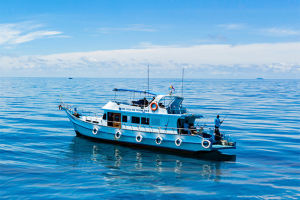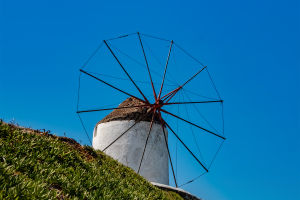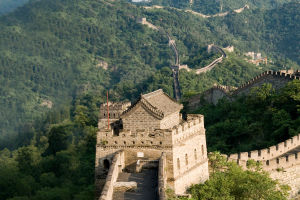
Grand Teton National Park, located in northwestern Wyoming, spans roughly 310,000 acres (1,300 km²) and features the towering peaks of the Teton Range, which stretches for 40 miles (64 km).
The park also encompasses much of the northern part of the Jackson Hole valley.
Situated just 10 miles (16 km) south of Yellowstone National Park, Grand Teton is linked to Yellowstone via the John D. Rockefeller Jr. Memorial Parkway, which is managed by the National Park Service. Together with adjacent national forests, these three protected areas form the Greater Yellowstone Ecosystem, covering nearly 22 million acres (89,000 km²) and making it one of the largest remaining intact temperate ecosystems in the world.
The human history of the Grand Teton region stretches back at least 11,000 years, with the first Paleo-Indians migrating into the area during warmer months to gather food and resources. In the early 19th century, explorers came into contact with the eastern Shoshone people.
Conservation efforts for the area began in the late 19th century, and in 1929, Grand Teton National Park was established to protect the major peaks of the Teton Range. However, Jackson Hole remained privately owned until the 1930s when conservationists, led by John D. Rockefeller Jr., started purchasing land to expand the park.
Grand Teton National Park is a nearly pristine ecosystem, with species of plants and animals that have existed since prehistoric times still thriving in the area. The park is home to over 1,000 species of vascular plants, dozens of mammal species, 300 species of birds, more than a dozen fish species, and several types of reptiles and amphibians.
Mountaineering
Grand Teton National Park is a prime destination for mountaineers and rock climbers due to the ease of access to the mountains, with most of the routes well-marked and established. Trails are designed to accommodate climbers with varying skill levels, and for the experienced and fit, many peaks can be climbed in a single day.
Climbers are advised to assess their own skill levels and avoid taking unnecessary risks. Those who are less experienced or unfamiliar with certain routes can turn to services like Exum Mountain Guides or Jackson Hole Mountain Guides, known for offering world-class instruction and climbing assistance.
Camping and Hiking
Grand Teton National Park has five front-country campgrounds, with the largest being Colter Bay and Gros Ventre, each offering 350 campsites that can accommodate large RVs. The Lizard Creek and Signal Mountain campgrounds offer 60 and 86 campsites, respectively, while Jenny Lake campground has 49 tent-only sites. Colter Bay Village and Flagg Ranch, located in the John D.
Boating and Fishing
Boating is permitted on all lakes within Grand Teton National Park, but only motorized boats are allowed on Jackson and Jenny Lakes. Jackson Lake has no horsepower limit, but noise restrictions are in place, while Jenny Lake restricts boats to 10 horsepower.
Winter Activities
During winter, visitors can snowshoe and cross-country ski without being restricted to trails. The Teton Park Road between Taggart Lake Trailhead and Signal Mountain Campground is closed to vehicular traffic and is groomed for skiing and snowshoeing. The park offers guided snowshoe tours from the Moose headquarters daily. Winter camping is allowed in the backcountry with a permit, though visitors should inquire about avalanche dangers.
Whether you're climbing the iconic Grand Teton, hiking through canyons, or enjoying a quiet day by a lake, Grand Teton National Park is an extraordinary destination for outdoor exploration year-round!
10 Best Things to Do in Grand Teton National Park!
Video by We're in the Rockies


